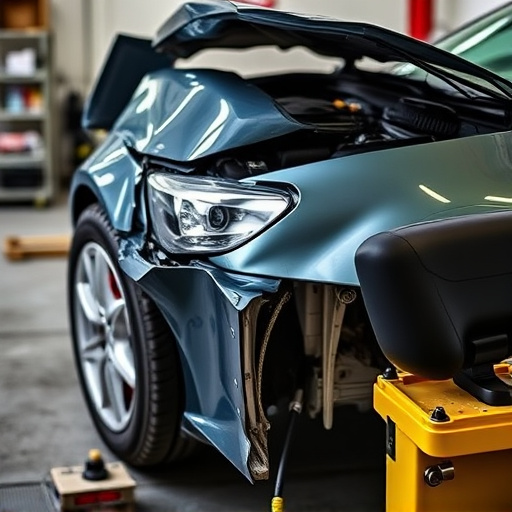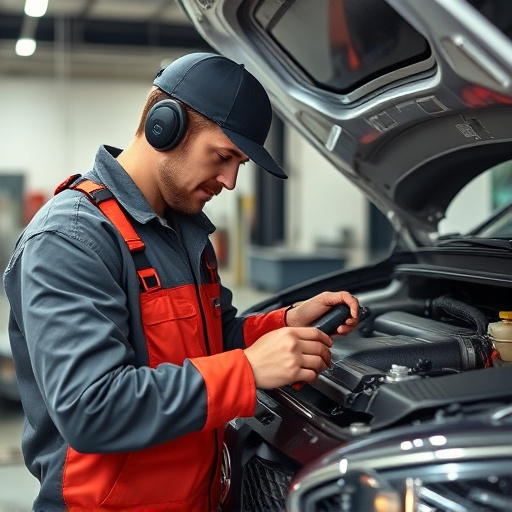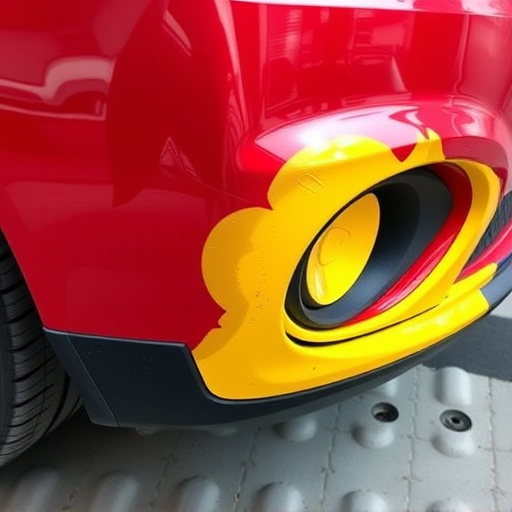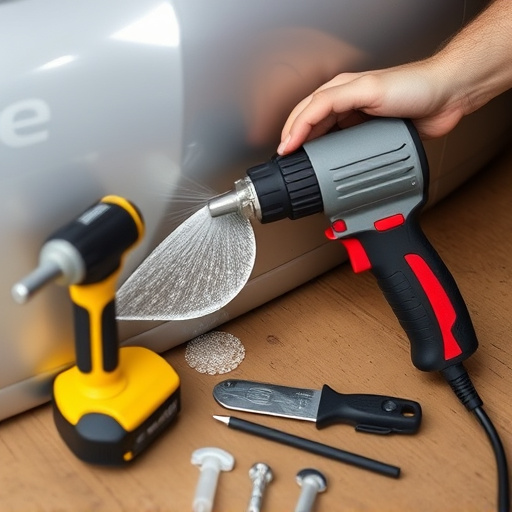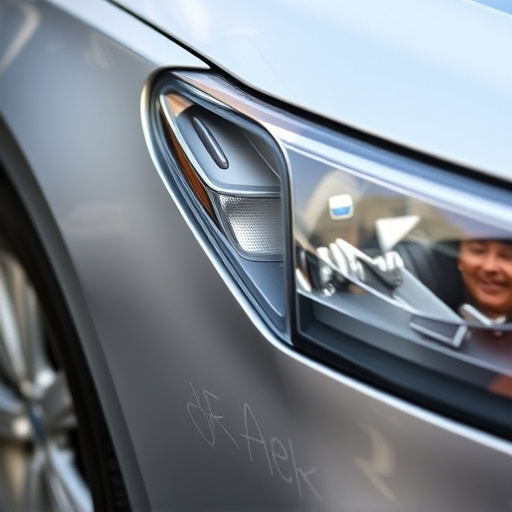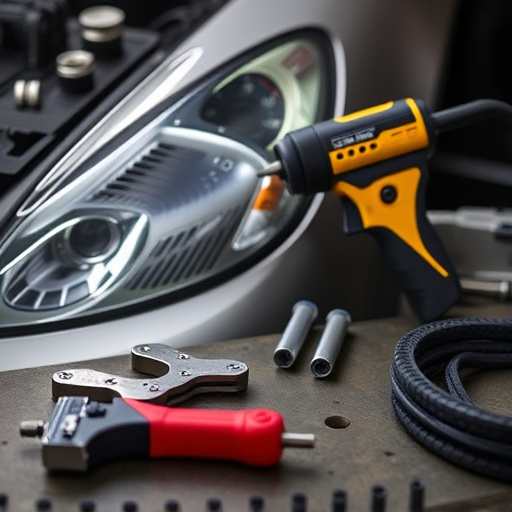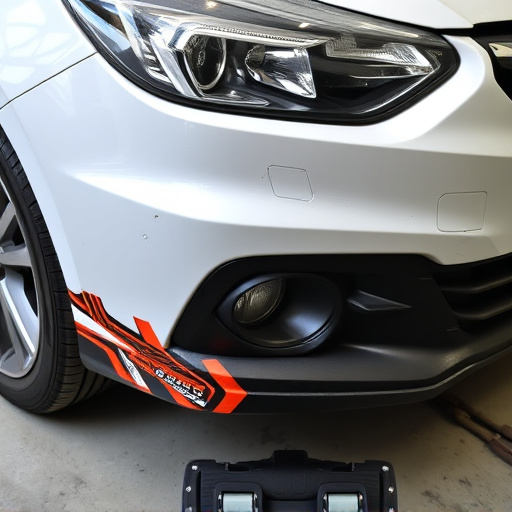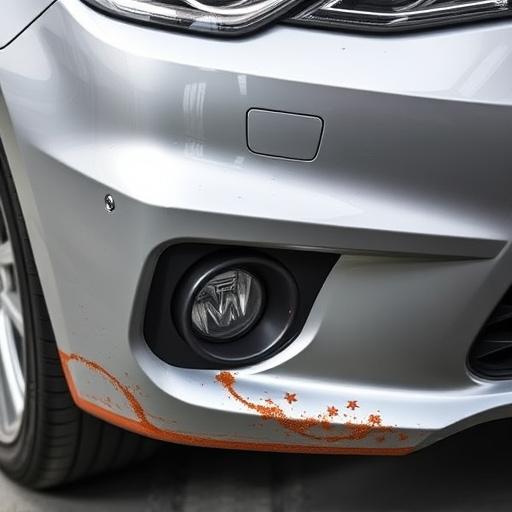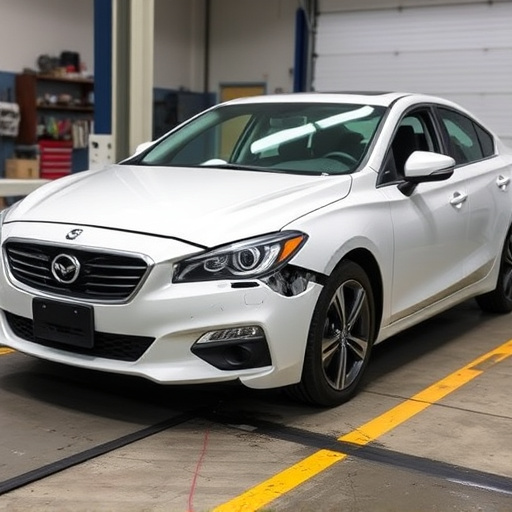Using a Tesla loaner car during repairs comes with specific terms; exceeding mileage limits or causing damage can result in unexpected charges. Familiarize yourself with guidelines to avoid financial surprises and ensure efficient service delivery from auto body shops.
“Looking for a Tesla loaner during your vehicle’s repair? It’s a convenient service, but understanding the terms is crucial. This guide breaks down Tesla’s loaner policies, helping you avoid unexpected bills. We’ll explore common scenarios leading to charges and educate you on your rights. From violation penalties to ensuring fair practices, this article equips you with knowledge when utilizing a loaner car during repairs, ensuring a smoother experience.”
- Understanding Tesla Loaner Policies During Repair
- Violating Terms: What Could Lead to Billing
- Your Rights and Options When Using a Loaner Car
Understanding Tesla Loaner Policies During Repair
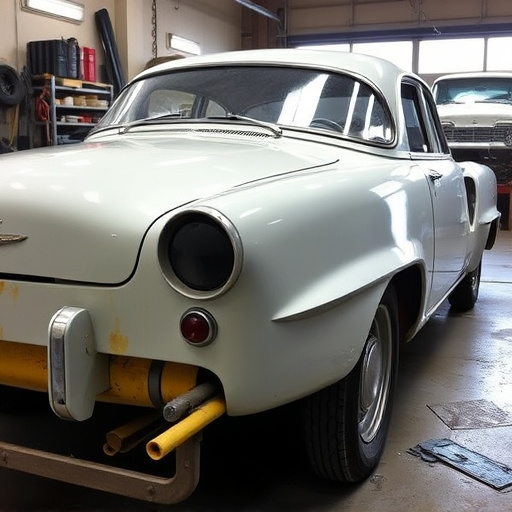
When a Tesla vehicle requires repairs, customers often receive a loaner car during the service period. Understanding the terms and conditions attached to this loaner service is crucial for owners to avoid unexpected charges. Tesla’s policy dictates that the loaner vehicle is provided as a convenience and is intended for short-term use while your car is being serviced, typically up to 48 hours or as specified by the service center.
Violating these terms can result in charges being applied. For instance, if the loaner car is used excessively beyond the intended period, or if it incurs damage due to careless driving or an accident—especially if involving a dent repair or other vehicle bodywork issues—the customer may be responsible for the associated costs. It’s essential to familiarize yourself with Tesla’s guidelines and ensure that any use of the loaner vehicle adheres to these policies to avoid any financial surprises during your vehicle body repair process.
Violating Terms: What Could Lead to Billing

Violating terms related to a Tesla loaner during repair could result in unexpected billing. If you pick up your vehicle from a trusted vehicle body shop or auto body services provider and drive it before the required downtime is complete, you may be charged for the use of the loaner car. Similarly, failing to return the loaner vehicle by the agreed-upon time or causing damage to it during your possession can also lead to billing. These terms are usually clearly outlined in the agreement you sign when utilizing these services, which often include detailed specifications about usage and responsibility.
It’s crucial to remember that while Tesla offers loaner vehicles as a convenience during vehicle repair services, their use is contingent upon adhering to specified conditions. Any deviation from these could not only result in financial implications but also disrupt the smooth operation of auto body shops, who rely on customers respecting the terms agreed upon for seamless service delivery.
Your Rights and Options When Using a Loaner Car

When a Tesla vehicle requires repairs, especially if it’s under warranty, the company often provides a loaner car for your convenience. However, understanding your rights and responsibilities during this period is essential to avoid unexpected charges. If a collision or other car damage repair occurs while using the loaner, you should be aware that some terms and conditions may apply.
Before taking possession of the loaner vehicle, ensure you clarify the terms regarding usage, mileage limits, and any restrictions on modifying the car. While it offers temporary mobility, violating these agreed-upon terms could result in billing for excess wear and tear or damage. Familiarize yourself with the policy to make informed decisions and avoid financial surprises after the repair process is complete.
When using a Tesla loaner car during repair, it’s crucial to understand and adhere to the company’s policies to avoid unexpected billing. Violating terms, such as unauthorized modifications or exceeding mileage limits, can result in charges. Familiarize yourself with your rights and options before accepting a loaner vehicle. By being mindful of these conditions, you can ensure a smooth process and prevent any financial surprises post-repair.
